
Who decides when the military takes charge—and under what conditions? With political tension at a boiling point, martial law is no longer a historical footnote. The truth lies somewhere between alarm and apathy. Click through the slides to examine the evidence and judge for yourself.
Historical Precedents Of Military Rule

Few Americans realize martial law has surfaced more than 65 times in U.S. history—often during intense upheaval. The Civil War and WWII-era Hawaii stand as stark examples. Although mostly local, each instance exposed limits of civilian control. These scattered declarations reveal just how elastic our institutions can become under duress.
Legal Foundations And Constraints
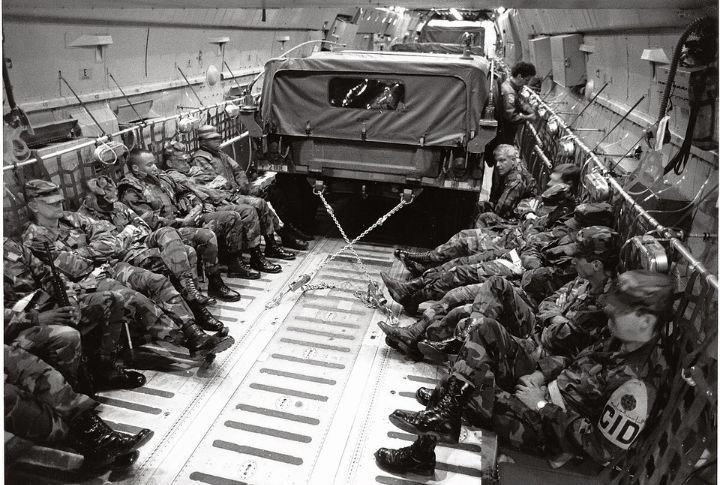
Can the president dispatch troops domestically without limits? Not exactly. The 1878 Posse Comitatus Act restricts military use in civilian law enforcement unless Congress explicitly permits it. Still, the Constitution’s ambiguity leaves gray zones around martial law, making legal interpretation a powerful battleground in today’s polarized climate.
Executive Actions In 2025

In January 2025, the U.S. president signed an executive order declaring a national emergency at the southern border, directing a report on whether to invoke the Insurrection Act, which was ultimately not recommended. Such moves, while legal, alarm many constitutional scholars. With emergency declarations stacking up, some critics argue the groundwork is being laid—piece by piece—for sweeping federal authority beyond historical norms.
Deployment Of Federal Forces

Marines and National Guard units appeared in American cities this spring—uninvited by governors. Was it crowd control or a show of centralized muscle? The administration insists on legality. Detractors, however, view the move as a calculated sidestep around state sovereignty, with long-term implications for federal-state relations.
Legal Challenges And Court Responses
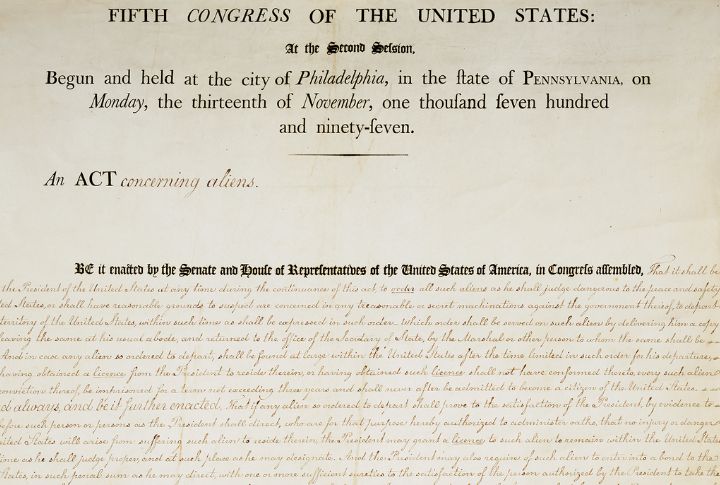
Not all recent federal orders have gone uncontested. Multiple legal suits—including those targeting the Alien Enemies Act of 1798—are working their way through the courts. Judges have begun to question both scope and precedent. These courtroom decisions could shape the extent to which executive power extends into domestic affairs.
Public Perception And Political Rhetoric

Fear is a powerful political tool. In 2025, “martial law” circulates not just as policy speculation but as a rallying cry across ideological lines. Some see a necessary order; others sense looming authoritarianism. As political figures amplify the term, the public narrative becomes less about facts and more about control.
Implications For Civil Liberties
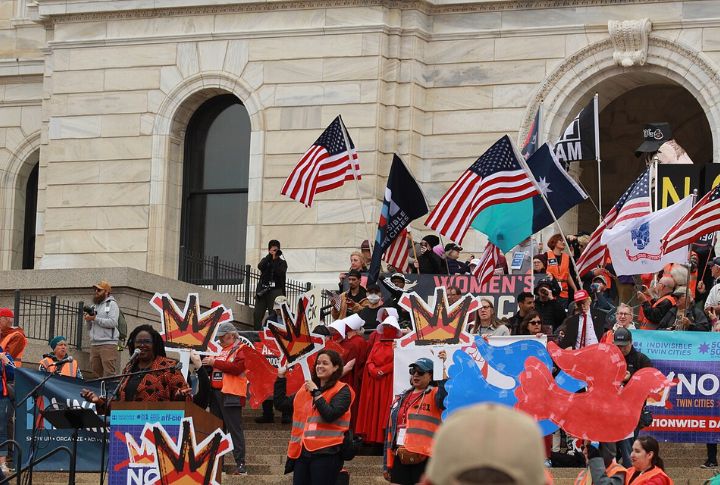
Freedom of speech, protest, and due process often falter when military authority surges. Legal scholars warn that broad emergency powers risk overwhelming constitutional safeguards. Civil rights groups continue to document shifts in enforcement patterns—signs that martial frameworks can erode liberties faster than many Americans might expect.
State Responses And Resistance

Tensions between federal mandates and state autonomy have never felt sharper. In June 2025, California’s Governor Newsom challenged federal National Guard deployments in Los Angeles, citing state constitutional limits. While clashes remain in legal territory, the political symbolism is undeniable: not all states will quietly accept the federal expansion of emergency authority.
Media Coverage And Public Awareness
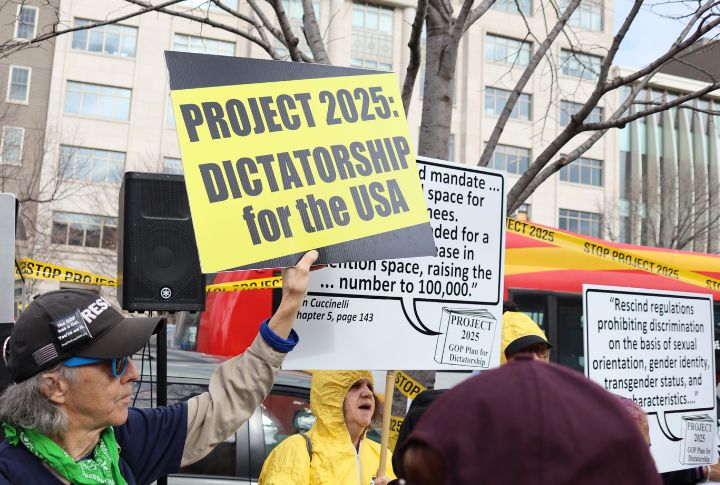
Sensational headlines can obscure real legal implications. Outlets vary wildly in tone—some casting events as a necessary protection, others as a creeping autocracy. The public, caught in this media crossfire, struggles to distinguish between fear and fact. So, awareness now depends less on facts alone and more on which feeds you follow.
Vigilance And Engagement
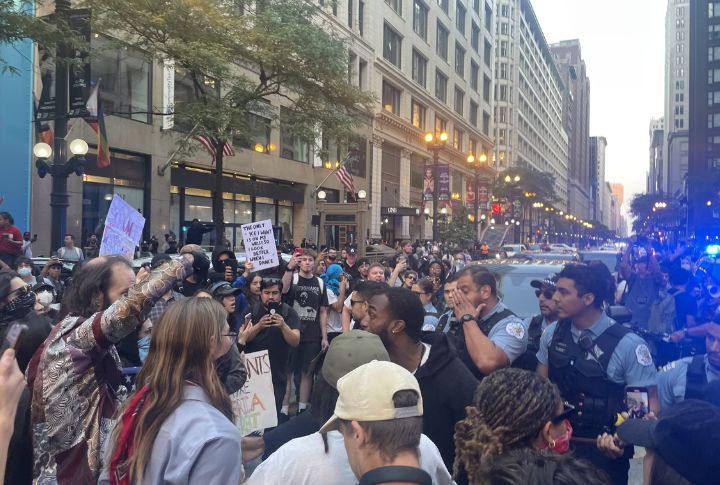
Would you recognize the signs if martial law crept in gradually? Experts urge civic awareness, not alarmism. Legal thresholds, public protests, and policy shifts all matter. Staying informed isn’t about panic—it’s about prevention. In 2025, maintaining democracy may depend more on watchful participation than dramatic resistance.

